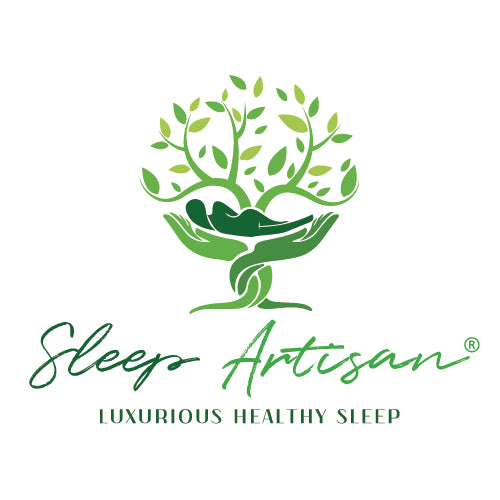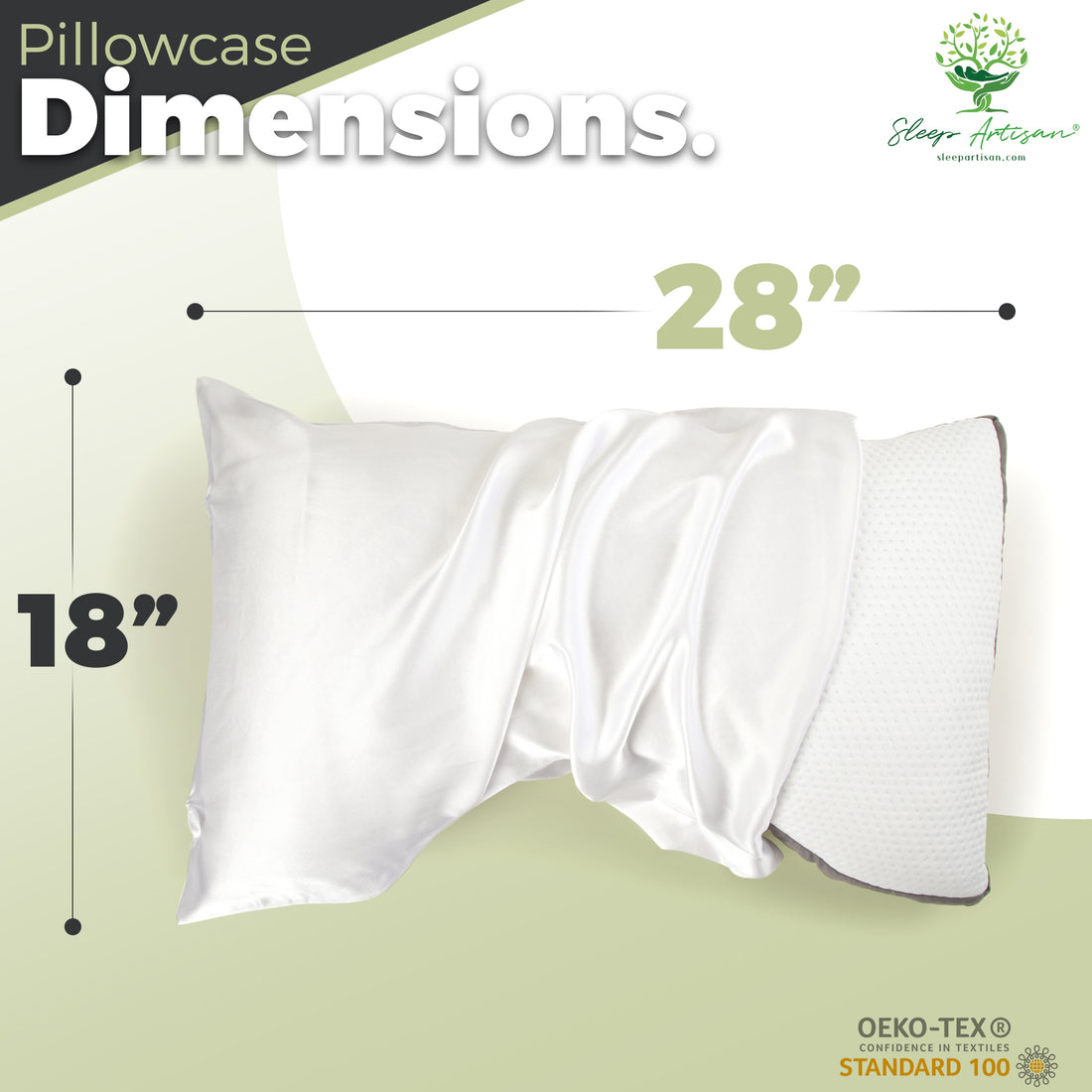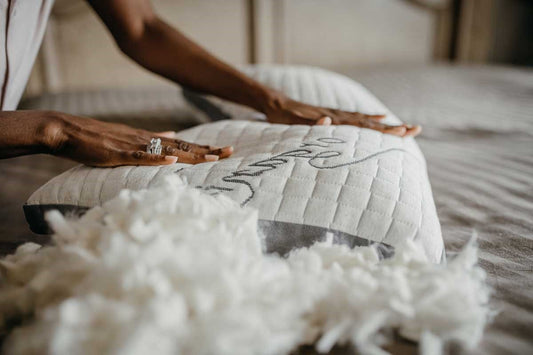A good night's sleep is essential for maintaining optimal health and well-being. While we often focus on factors like mattress quality and room temperature, we tend to overlook an important aspect of our sleep environment: pillowcases. The material of your pillowcase can significantly impact your sleep experience and overall health. We will explore some of the healthiest materials for pillowcases that promote better sleep and contribute to your well-being in this post.
-
Organic Cotton: Organic cotton is a popular choice for pillowcases due to its breathability, softness, and natural properties. It is made from cotton grown without the use of pesticides, herbicides, or synthetic fertilizers, making it an eco-friendly and healthier option. Organic cotton pillowcases allow better airflow, reducing the likelihood of sweating and overheating during sleep and are hypoallergenic. Which makes them ideal for individuals with sensitive skin or allergies.
-
Bamboo: Bamboo-derived fabrics have gained recognition in recent years for their remarkable properties. Bamboo pillowcases are known for their exceptional softness and moisture-wicking capabilities, keeping you cool and comfortable throughout the night. Bamboo is naturally hypoallergenic, antimicrobial, and resistant to dust mites, making it an excellent choice for those with allergies or respiratory issues. It's also an eco-friendly option, as bamboo grows quickly and requires minimal resources to thrive.
-
Silk: Silk pillowcases not only exude elegance and luxury but also offer several health benefits. Silk is incredibly gentle on the skin and hair, reducing friction and preventing creases and tangles. It helps retain the moisture in your skin and hair, promoting a more youthful appearance. Additionally, silk pillowcases are naturally hypoallergenic, making them an ideal choice for people with allergies or asthma. They also regulate temperature well, keeping you cool in summer and warm in winter.
-
Linen: Linen pillowcases have gained popularity for their durability, breathability, and environmental friendliness. Linen is made from the fibers of the flax plant and possesses excellent moisture-wicking properties, allowing it to absorb sweat and keep you cool during warm nights. It is naturally hypoallergenic, resistant to dust mites, and has antimicrobial properties. Linen pillowcases become softer and more comfortable with each wash, ensuring long-lasting quality and comfort.
-
Tencel: Tencel, a type of lyocell fabric derived from wood pulp, is another healthy material choice for pillowcases. Tencel is renowned for its moisture-wicking capabilities and breathability, making it suitable for hot sleepers or those who experience night sweats. The fabric is also naturally hypoallergenic, soft, and gentle on the skin. Tencel is produced using an eco-friendly closed-loop process, minimizing environmental impact and making it an excellent sustainable choice.
Conclusion: Choosing the right pillowcase material is crucial for promoting a healthy and restful sleep environment. Organic cotton, bamboo, silk, linen, and Tencel are among the healthiest materials available, each offering unique benefits such as breathability, hypoallergenic properties, moisture-wicking capabilities, and eco-friendliness. Consider your individual needs and preferences when selecting a pillowcase material to enhance your sleep quality and overall well-being. With the right choice, you can transform your sleep experience into a rejuvenating and health-promoting ritual.
Remember, a healthy sleep environment starts with the materials you surround yourself with, and investing in high-quality pillowcases made from these materials can make a noticeable difference in your sleep and overall health.
Sleep well and wake up refreshed!





